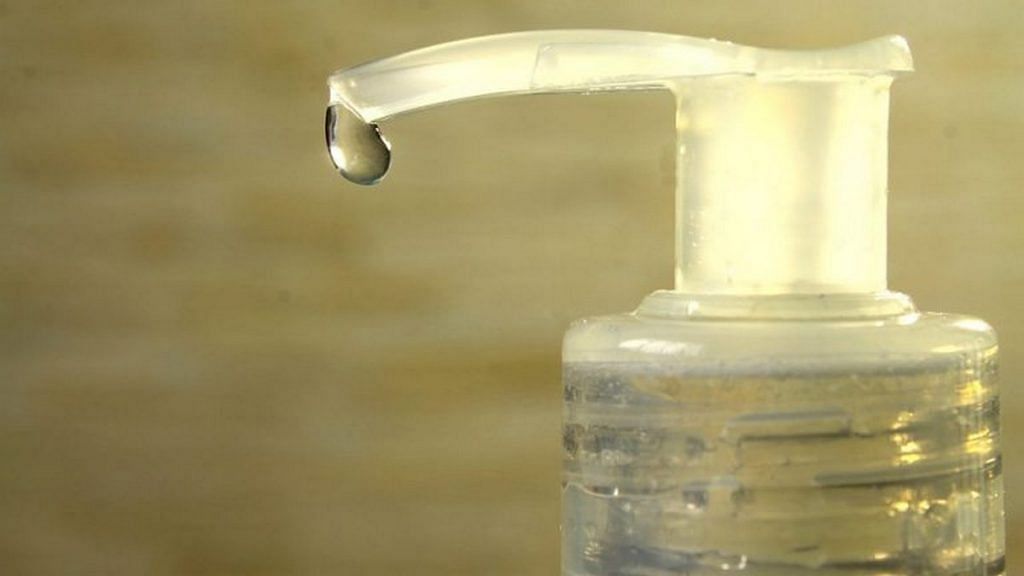New Delhi: One of the products in high demand amid the coronavirus outbreak is the hand sanitiser. Although use of alcohol as a disinfectant has been around since the 12th century, it was a US nursing student who came up with the idea of a gel-based hand sanitiser.
With medical experts advising everyone to wash hands thoroughly, hand sanitisers have become the most highly sought-after product, and many countries have even reported shortages. This has also led people in some countries to hoard hand sanitisers.
In India, too, many shops and online retailers have run out of stocks. Hand sanitiser-makers in the country have seen up to 10-fold jump in demand following the coronavirus outbreak.
Some reports also claimed that even without an ongoing public health scare, hand sanitisers are among the most sought-after products in the market.
In 2018, the global hand sanitiser market was valued at $2.6 billion.
Also read: India has only 2,500 pulmonologists — not enough to deal with coronavirus-like outbreaks
Function of alcohol in hand sanitisers
Alcohol, the primary ingredient of most hand sanitisers, was recognised as an effective disinfectant in the 12th century.
There are records of French physician Guy de Chauliac having conducted anti‐septic surgery using strong wine mixed with oil to cleanse wounds and as a dressing.
In modern healthcare, alcohols like ethanol, propanol and isopropanol (isopropyl alcohol) are commonly used to disinfect surgical tools and needles.
Mixed with water, alcohol destroys disease-causing pathogens by breaking them apart or interfering with cell mechanisms.
The first alcohol-based bottled disinfectant — Sterillium — was developed in 1965 by German researcher Peter Kalmár who realised that due to lack of time, many surgeons didn’t wash their hands with soap. Moreover, the constant use of soap and water developed cracks in the palms.
All these led to the development of Sterillium — the world’s first alcohol-based yet skin-friendly hand disinfectant.
Nursing student first came up with the idea
The idea for a gel-based formula with alcohol to sanitise hands was first thought of by a nursing student in the US.
In 1966, Lupe Hernandez reportedly registered the patent for a sanitiser that would allow healthcare professionals to clean their hands without water. Her contribution is, however, not widely recognised.
The first commercial gel-based hand sanitiser known as Purell was developed by US-based GOJO Industries in 1988, and was launched as a commercial product in 1997. It was considered to be a turning point in personal hygiene of millions of people.
Also read: Germ killing is the new cool with fragrant, eco friendly hand sanitisers
